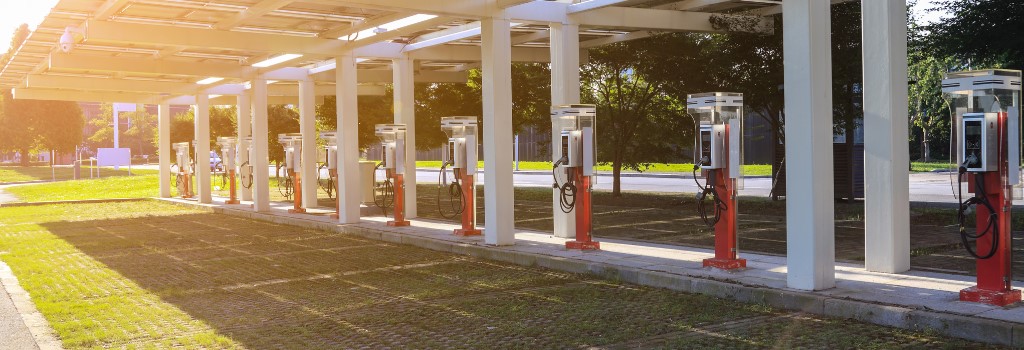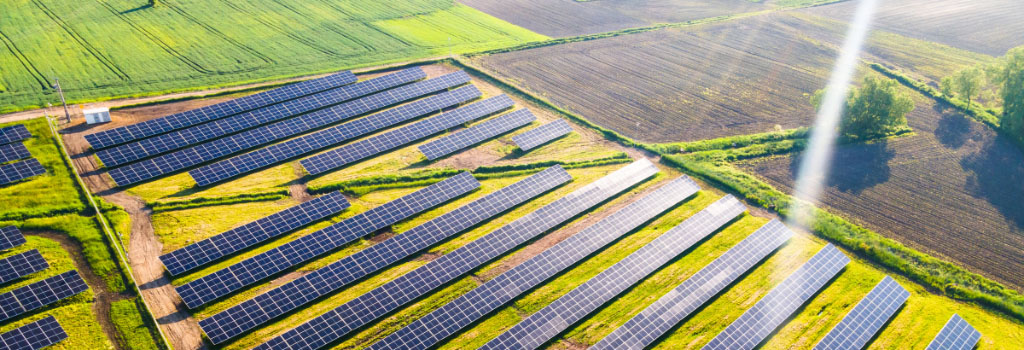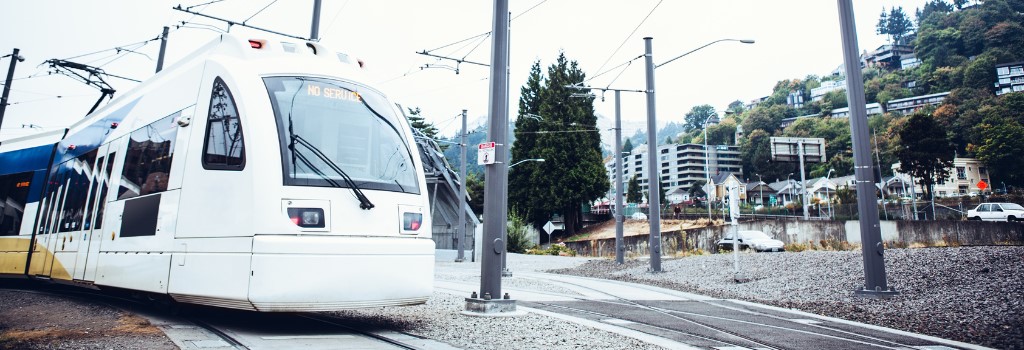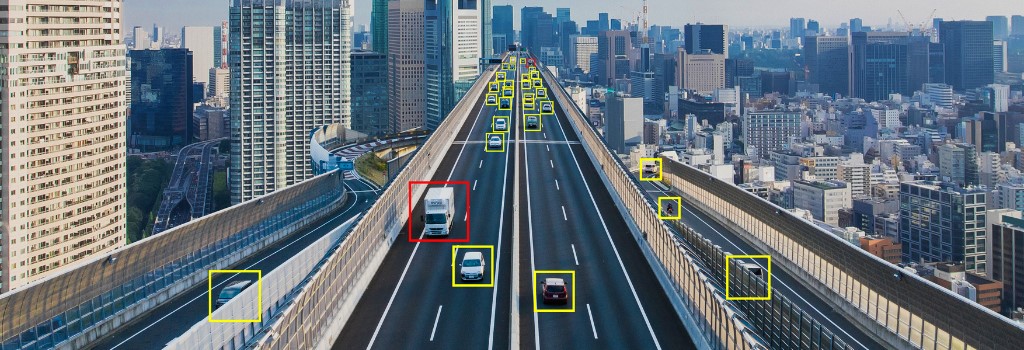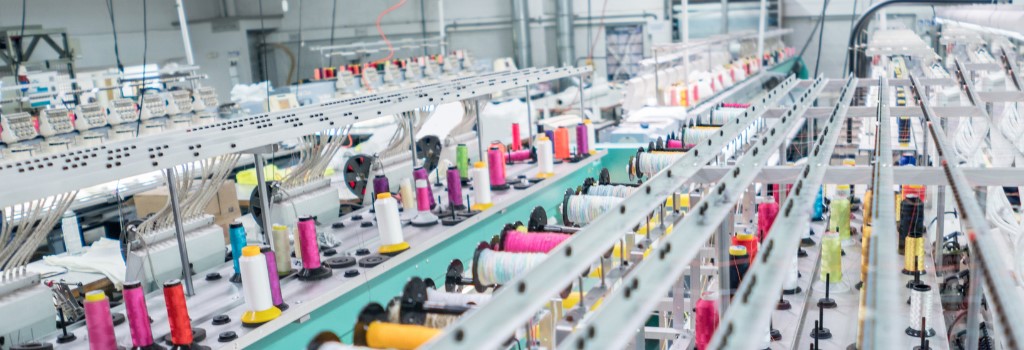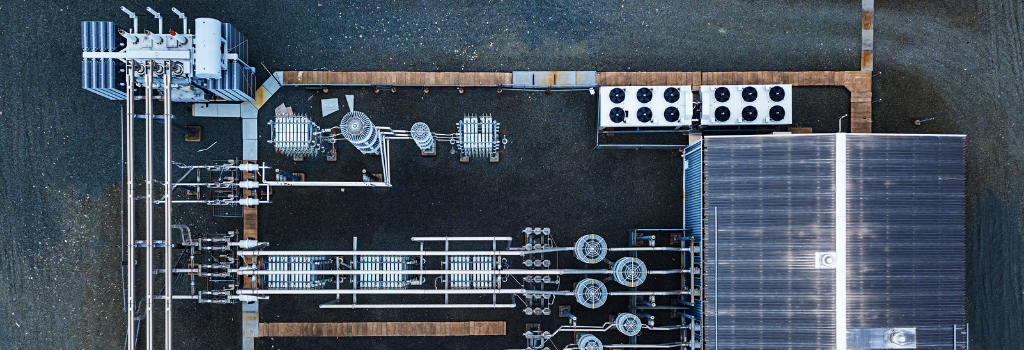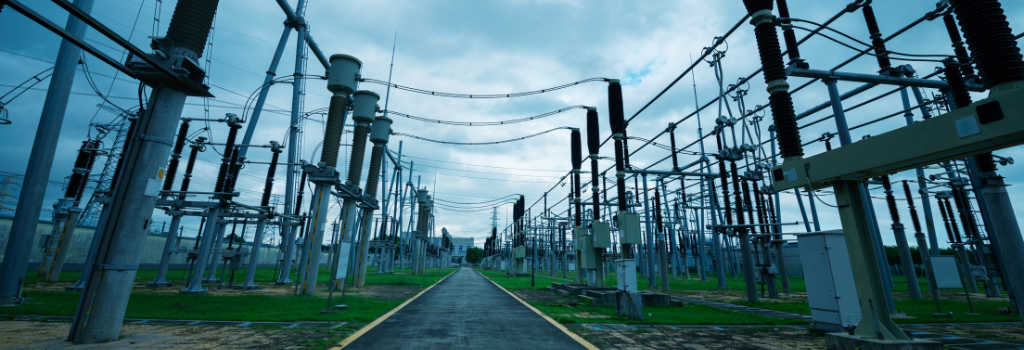- 詳細
- カテゴリ: Intelligent Systems
We’ve been witnessing since early 2013 the exponential growth and popularity of electric passenger vehicles and to this day this trend does not show signs of slowing down as EV sales, government EV subsidies and manufacturers’ pledges for reducing carbon footprint, all point towards a gradual but inevitable EOL of almost all internal combustion engine (ICE) vehicles.
続きを読む: LEC-7242H: Enabling OCPP Compliant And Environmentally Sustainable EV Charging Stations
- 詳細
- カテゴリ: Power and Energy
The world has an energy problem as fossil fuels are running out and it is necessary to transition from fossil fuel dependence to renewable and clean energy, creating a cleaner and greener world. The energy and utility industry, from the utility of water, district heating, or power, has many challenges ahead.
続きを読む: Low-power IoT Gateway Promotes Sustainable Clean Energy Efficiency
- 詳細
- カテゴリ: Transportation
We will be reviewing a machine vision system for light rail collision avoidance. This solution allows a light rail to avoid unexpected obstacles down the rail and reduce the chances of a collision. It uses an onboard industrial-grade edge AI appliance EAI-I130 provided by Lanner, capable of running MV models onboard. This appliance brings machine vision capabilities as close as possible to the light rail, allowing data captured by sensors to be processed right on-site.
- 詳細
- カテゴリ: Transportation
Continuous surging growth in urban populations creates a demand for urban mobility, a greater demand for faster traffic flow, improved public safety, and more innovative transportation. A good urban traffic management network will not only improve traffic safety and boost local economies, but it will also improve public health and protect the environment.
続きを読む: Enhancing Urban Traffic Management with Rugged Edge AI Roadside Unit
- 詳細
- カテゴリ: Industrial Automation
One of the biggest challenges facing today’s textile industry is the fact that it for the most part still relies on human vision and manual inspection for defect detection, meaning the industry not only operates on thin margins but also has a considerably high defect rate.
続きを読む: EAI-I130: Bringing AI And Machine Learning To The Next-gen Textile Production
- 詳細
- カテゴリ: Power and Energy
Growing urbanization rising energy demand and increasing costs have further motivated the power sector to utilize their electrical system capabilities more efficiently and smartly – toward smart substation transformation. The three main challenges of grid modernization are climate change driving extreme weather events impacting electrical grid changes, increased risk of cyberattacks on grid infrastructure, and high penetration of renewable energy sources which increases power flow complexities.
続きを読む: Virtual Protection Relay for Power Grid Modernization
- 詳細
- カテゴリ: Power and Energy
With technological advances in Internet of things (IoT) and big data analytics, digital information technology (IT) systems are rapidly integrating with operational technology (OT) systems, merging business processes, insights and controls into a single uniform environment, to accelerate improving productivity, streamlining workflows, and increasing bottom lines for industries including manufacturing, utility, transportation, communications, medical and retail.
続きを読む: Securing Critical Infrastructure with Rugged Cybersecurity Appliance






